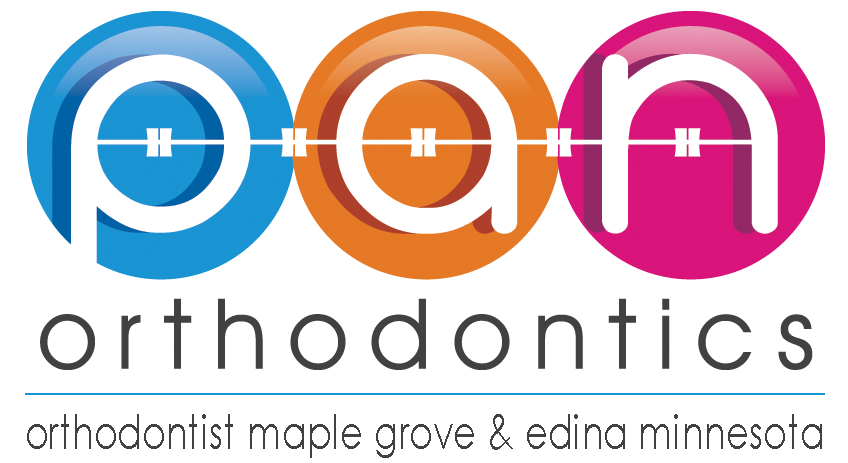Orthodontic Diagnosis - Cephalometric analysis
The cephalometric analysis is the clinical application of cephalometry. It is the analysis of both the dental and skeletal relationships found in the human skull. It is often used by dentists, orthodontists and oral and maxillofacial surgeons as a tool for treatment planning. Two of the most popular methods of analysis that are used in orthodontics are the Steiner analysis, which is named after Cecil C. Steiner, and the Downs analysis, which is named after William B. Downs.
Cephalometric radiographs
A cephalometric analysis is dependent on the cephalometric radiography. It studies the relationships between bony and soft tissue landmarks. It is often used in order to diagnose facial growth abnormalities prior to treatment, in the middle of treatment to measure progress, or at the end of a treatment to determine if the treatment goals have been met. A cephalometric radiograph is a radiograph of the head which is taken in a Cephalometer. The Cephalostat is a head-holding device which was introduced in 1931 by Holly Broadbent Sr. The Cephalometer is used to obtain standardized craniofacial images which are available on radiographic films.
Lateral cephalometric radiographs
A lateral cephalometric radiograph is a radiograph of the head. The radiograph is taken with the x-ray beam perpendicular to the sagittal plane of the patient. The natural head position is a standardized orientation of the head that can be reproduced for each individual. It is used as a standardized way during analysis of dentofacial morphology for both photos and radiographs. The concept of the natural head position was first introduced in 1958 by Coenraad Moorrees and M. R Kean. The natural head position is a common method of head orientation for cephalometric radiography.
The registration of the head in its natural position while obtaining a cephalogram has the advantage that an extracranial line can be used as a reference line for cephalometric analysis. This bypasses the challenges associated with the biologic variation of intracranial reference lines. A true vertical is an external reference line, and is commonly provided by the image of a free-hanging metal chain on the cephalostat registering on the film or digital cassette during exposure. The true vertical line can be an advantage without a variation because it is generated by gravity. The true vertical line is used with radiographs that are obtained in a natural head position.
Posteroanterior (P-A) cephalometric radiograph
A Posteroanterior cephalometric radiograph of the head is taken with the x-ray beam perpendicular to the patient’s coronal plane. In this radiograph, the x-ray source is behind the head and the film cassette is in front of the patient’s face. The radiograph can be evaluated using the following analyses which have been developed over time:
- Grummon analysis
- MSR
- Hewitt analysis
- Svanholt-Solow analysis
- Grayson analysis
Cephalometric tracing
A Cephalometric tracing is an overlay drawing that is produced using a cephalometric radiograph by digital means and a computer program. It can also be produced by copying specific outlines from it with a lead pencil onto acetate paper and using an illuminated view-box. The tracings are used to facilitate a cephalometric analysis, in addition to superimpositions. They are also used to evaluate treatment plans and changes in growth. In the past, the tracings of the cephalometric radiographs are completed on a 0.003 inch thick matte acetate paper and using a #3 pencil.
Pan Orthodontics Philosophy
To treat our patients as our families and to treat others as how we want to be treated. From your first phone call to the moment your new smile is born, everything in our office is set up to ensure an excellent experience with us. We will always listen to you and improve with your suggestions.
Featuring The Latest Orthodontics Technology
Our Commitment to You
We will continue to keep up with the ever growing digital technologies to improve your orthodontic experience. We also commit to always help you find the most convenient time for your visit with us.




